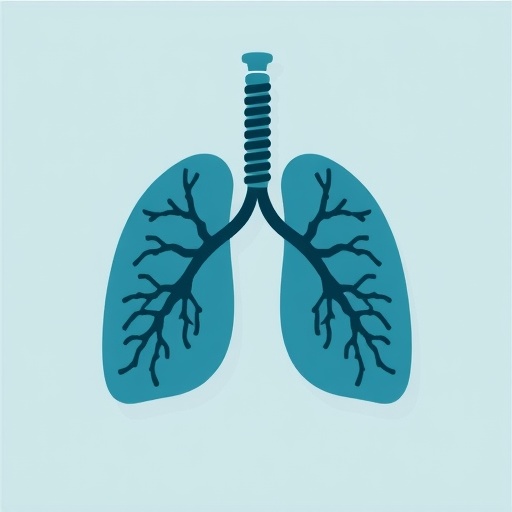ITHACA, N.Y. – If you want people to care about endangered species, focus on how many animals are left, not on the chances of a species becoming extinct, according to a new study by Cornell University communication scholars.
Since the 1960s, conservation experts have used specific labels to indicate how precariously a species is teetering on the brink of extinction. Categories like "critically endangered," "endangered" and "vulnerable" are meant to communicate how much risk animals face.
Conservation biologists use statistics about a species' population and the territory it inhabits to figure out which category it belongs in.
But researchers found that what scientists think those numbers say about a species' risk of extinction, and how the public perceives that risk, can be strikingly different.
"Although experts view these statistics as equal, the public does not. This research shows the numbers experts use don't necessarily register the same level of risk in the public's mind," said Hwanseok Song, a doctoral candidate in the field of communication and author of the study.
The research, "Communicating Conservation Status: How Different Statistical Assessment Criteria Affect Perceptions of Extinction Risk," appeared in the journal Risk Analysis.
To qualify as "endangered," "critically endangered" or "vulnerable," the International Union for Conservation of Nature says a species must meet any one of five criteria. These include:
- the population's percentage decline over the past 10 years;
- the total area of land and the number of locations the species occupies;
- the number of individuals left;
- the number of individuals left combined with the rate of decline; and
- the probability that the species will become extinct in the wild within a certain number of years.
The five criteria describe the threat of extinction in different statistical ways, but each represents a significant danger to a population, according to co-author Jonathon Schuldt, assistant professor of communication.
"From a scientific perspective, they're all equal," Schuldt said. "But some criteria seem a lot riskier to people than others. What's equal to experts may not be equal to lay audiences, based on the perception of risk they associate with these labels."
The researchers asked more than 300 study participants to read six short descriptions of the conservation status of different species. After each description, the participants were asked how likely it is that the species would become extinct within 30 years, and how threatened the species is in general.
People said the criterion that indicated the most risk of extinction described the number of individual animals left in the species. It didn't matter how many individuals they were told remained – 50, 250 or 1,000; people viewed those species at high risk of extinction.
In contrast, the least risky criterion described the chances of that species as a whole becoming extinct within 10, 20 or 100 years, corresponding to the critically endangered, endangered or vulnerable categories.
And although one criterion offered more information – the number of remaining individuals and the proportion of population decline – it elicited less risk than another that described the risk in terms of the number of individuals only.
Overall, the researchers also found that how people perceived risk of extinction was also affected by their thinking style. Rational thinkers were more likely to perceive all five criteria as similar in terms of risk – like scientists do. In contrast, people who scored low on rationality were more likely to perceive differences across the five criteria.
"These different statistics do have differential effects and experts should not be using them as if they mean the same thing to the public as they mean to them," Song said.
Instead, public policy and conservation experts might want to consider which messages work well for different types of thinkers, Schuldt added.
"That can get you beyond one-size-fits-all messaging and toward targeted messaging for strategic impact," he said. "Organizations might want to think about that more than they do."
###
Media Contact
Melissa Osgood
[email protected]
607-255-2059
@cornell
http://pressoffice.cornell.edu




